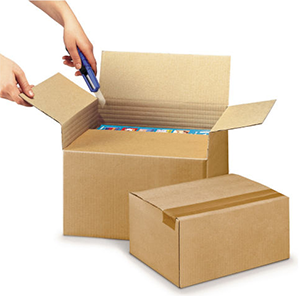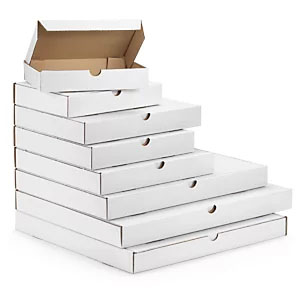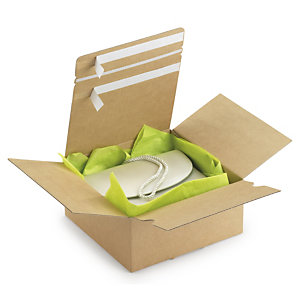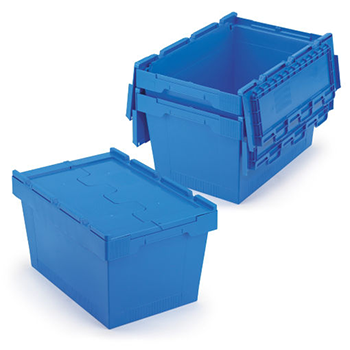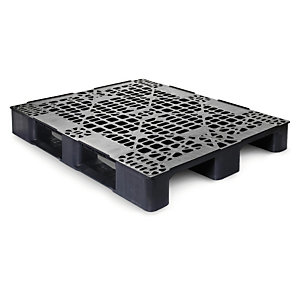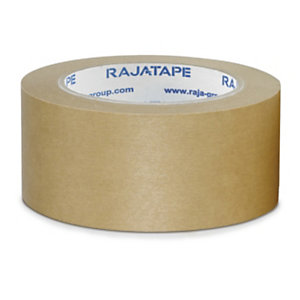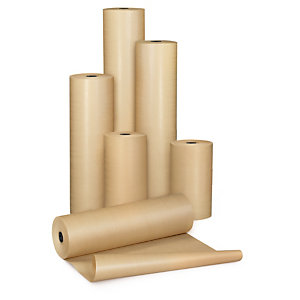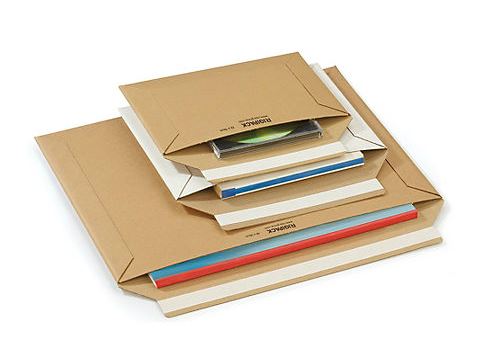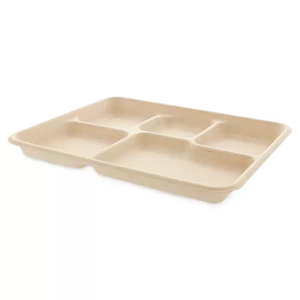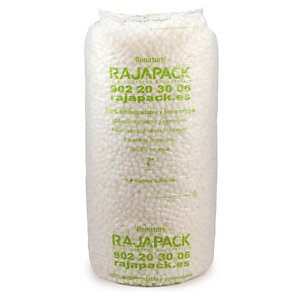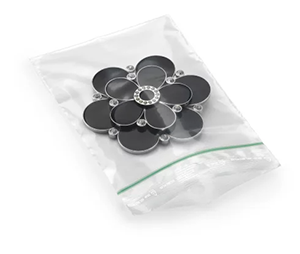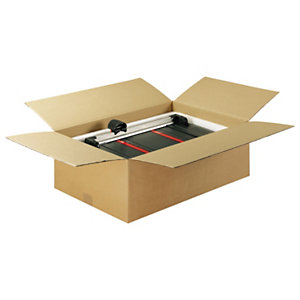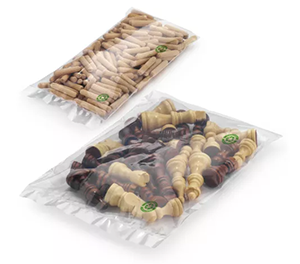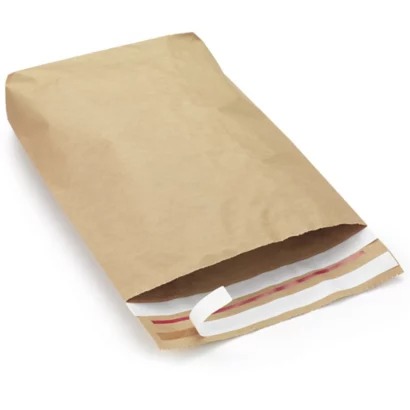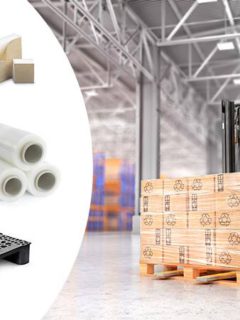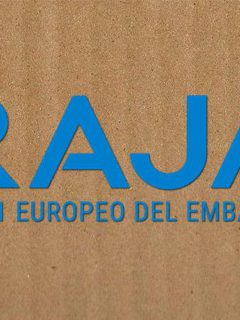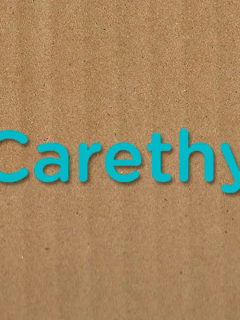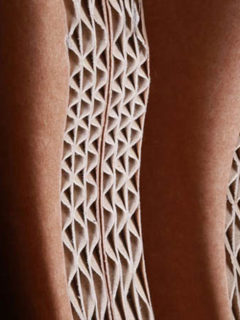RAJA®’s commitmentto the environment is not a solitary battle, but part of a global crusade. In 2015, the United Nations approved its work agenda for 2030, structured around 17 Sustainable Development Goals (SDGs) that aim to improve the lives of the entire population by combating scourges such as poverty, pollution, climate change and inequality. From the packaging industry and, of course, from RAJA®, we join this movement by supporting the circular economy and the use of EcoResponsible materials.
What are the Sustainable Development Goals (SDGs)?
The Sustainable Development Goals (SDGs) are the evolutionary goals set by the UN with the year 2030 as a horizon. The UN notes that the SDGs “incorporate the global challenges we face every day, such as poverty, inequality, climate, environmental degradation, prosperity, peace and justice”.
Goal 12: Sustainable production and consumption
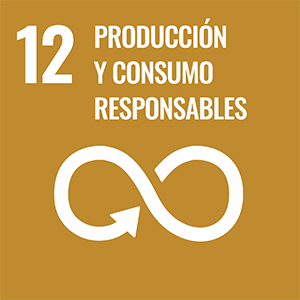
SDG 12 stresses the importance of establishing sustainable production and consumption routines. The UN warns that by 2050, with a population of 9.6 billion people, it would take three planets to extract enough resources to maintain current living standards. It is therefore essential to adopt conscious consumption styles, putting a stop to waste and changing the economic system in order to grow without causing irreparable damage to the environment.
Among the achievements of SDG 12, two (12.5 and 12.6) are closely related to the role of RAJA® as a packaging supplier:
- Significantly cut waste generation through prevention, reduction, recycling and reuse activities.
- Encourage companies, especially larger companies and transnationals, to adopt sustainable practices and to evaluate the effects achieved by these practices in their regular reporting.
What can the packaging industry do to promote the SDGs?
From a retail perspective, there is much to be done in favour of sustainable production and consumption. Green logistics and the implementation of an EcoResponsible freight transport strategy are avenues of action that go right to the heart of the target. RAJA® continues on its own initiative with its commitment to reduce its environmental impact through concrete practices:
- Prioritising proximity purchasing to reduce procurement journeys as much as possible and limit our CO₂ emissions:
- 86% of our products are purchased in Europe,
- 95% of our suppliers are European.
- 98% of our suppliers are committed to adopting good environmental practices.
- Innovating together with our suppliers by developing our most environmentally friendly packaging, particularly plastics.
- Reducing the impact of our deliveries by limiting CO₂ emissions.
- emissions by investing in the renewal/adaptation of our logistics partners’ vehicles to meet European standards,
- by planning delivery journeys in order to reduce mileage as far as possible,
- by selecting logistics partners committed to carbon neutral delivery.
- Informing, communicating and limiting our ecological footprint as much as possible:
- developing our online tools and services,
- reducing the number of catalogues sent and the tonnage of paper used: -43% of catalogues sent since 2013,
- using paper from sustainably managed forests and other controlled sources (PEFC, FSC®), and printing with Blue Angel certified mineral inks by ISO 14001 certified printers.
The 5Rs of packaging, a commitment to the circular economy
In terms of packaging management, we at RAJA® want to contribute to the generalisation of the circular economy through 5 principles, 5Rs for more EcoResponsible packaging. Shall we remind you of them?
- Reduce
- Reuse
- Replace
- Renew
- Recycle
Eco-Responsible Packaging for sustainable production and consumption
RAJA®’s major challenge in the face of SDG 12 is to market packaging that effectively protects goods in transit while respecting the environment. What options do we have for packaging under the recommendations of each of the 5Rs?
1. Packaging to reduce material costs
Reducing the volumetric weight of the packaging provides economic savings (less shipping costs) and material savings (less cardboard, padding, etc.). Some references that will help you achieve this are:
2. Reusable packaging
Reusable packaging can withstand more than one use, making it a great ally of the circular economy. Try them:
- Round-trip boxes and envelopes for easy returns in online shops.
- Returnable Transport Packaging (RTP) and plastic pallets
3. Alternative packaging to replace less EcoResponsible references
Bio-based packaging and items made from paper, cardboard, plant-based fibres or recycled polyethylene are ideal replacements for single-use plastics. Here are some ideas:
- Solvent and eco-friendly kraft paper adhesive tapes.
- EcoResponsible bubble wrap
- Kraft paper in rolls or sheets
- Paper and cardboard mailing envelopes
4. Packaging from renewable raw materials
Packaging made from renewable components does not compromise finite resource reserves. Among RAJA®’s proposals you will find:
- Food packaging and cutlery made from corn starch and sugar cane.
- Biodegradable and compostable cups
- 80 % recycled handmade stretch film
- 100 % biodegradable filler chips
- Plastic zip-lock bags 50 % recycled
5. Recycled and recyclable packaging
Recycled and recyclable packaging is the clearest example of the circular economy: it comes from a previous object and, once it has fulfilled its function, it will enjoy a new life. At RAJA®, this is the case with:
- Cardboard boxes, recyclable in a high percentage.
- 100% recycled, environmentally friendly plastic bags
- Kraft paper envelopes
With RAJA® EcoResponsible packaging, it is easy to join the fight for a better world from your company. Work with us: let’s make SDG 12 a reality by 2030– it’s in our hands!











